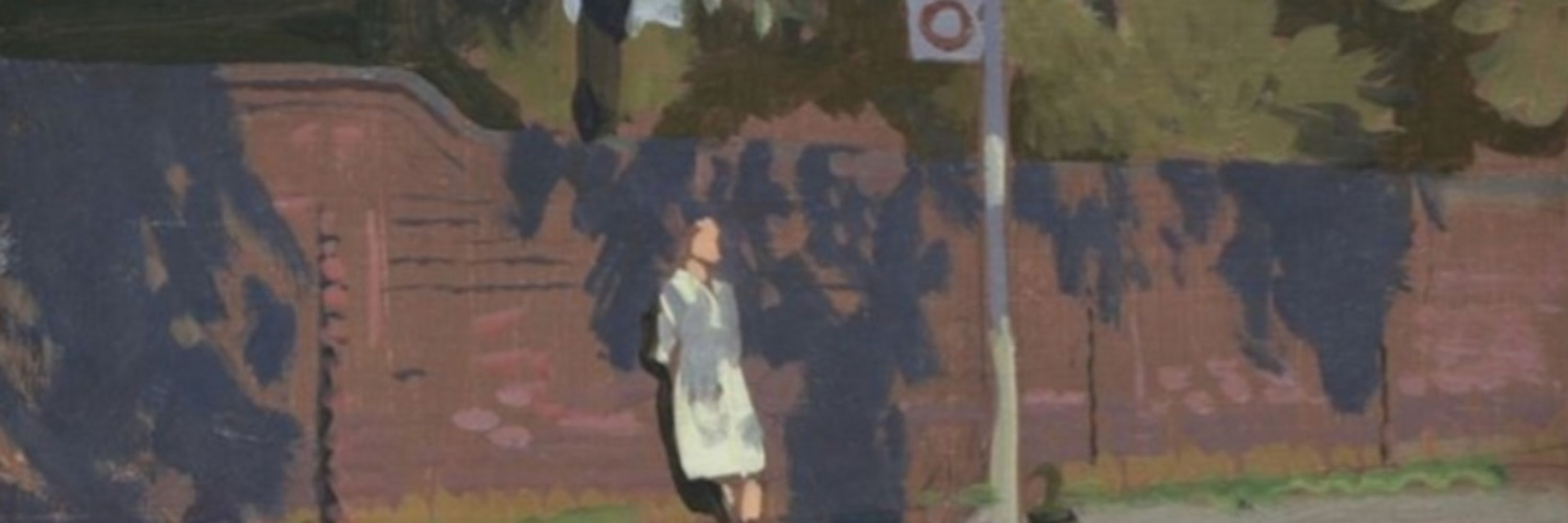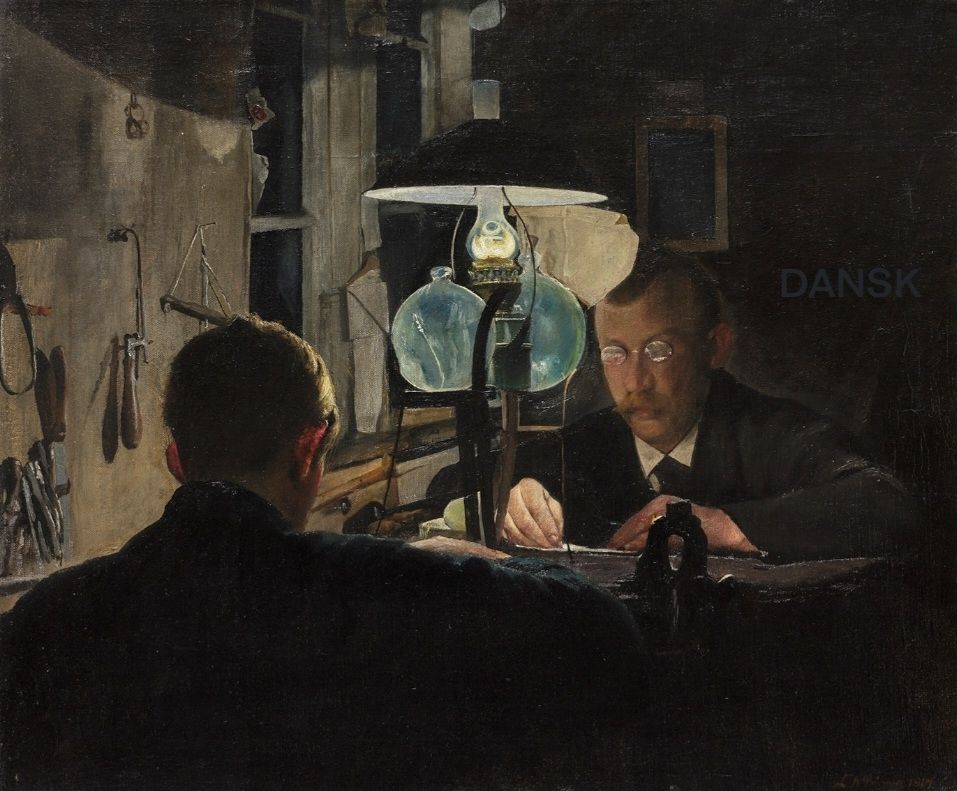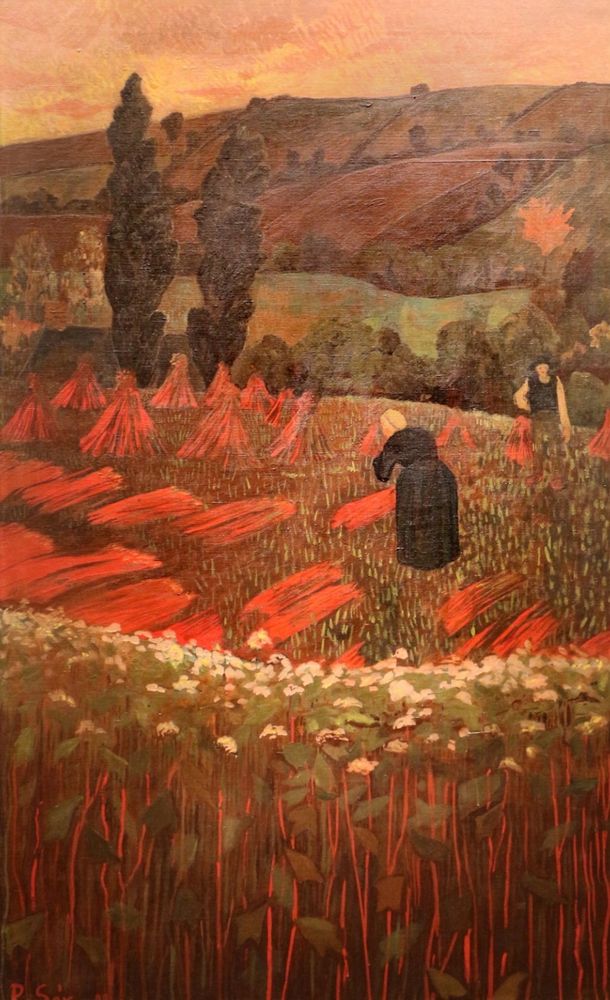Richard Morris
@ahistoryinart.bsky.social
7.8K followers
94 following
2.4K posts
Art historian, dealer/art consultant 19thC and 20thC British/European art. Writing book on lesser known great artists. Seen in/on: CNN, NBC, The Spectator, The Times etc
website: richardmorris.org
[email protected]
Posts
Media
Videos
Starter Packs























